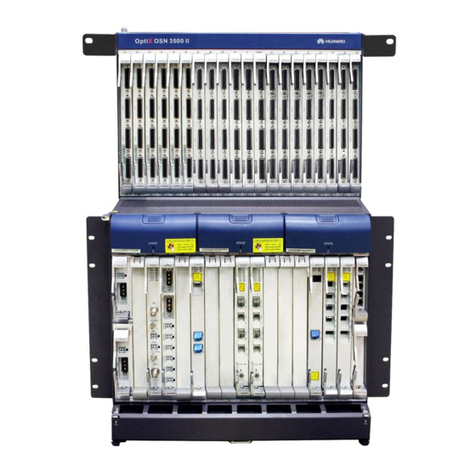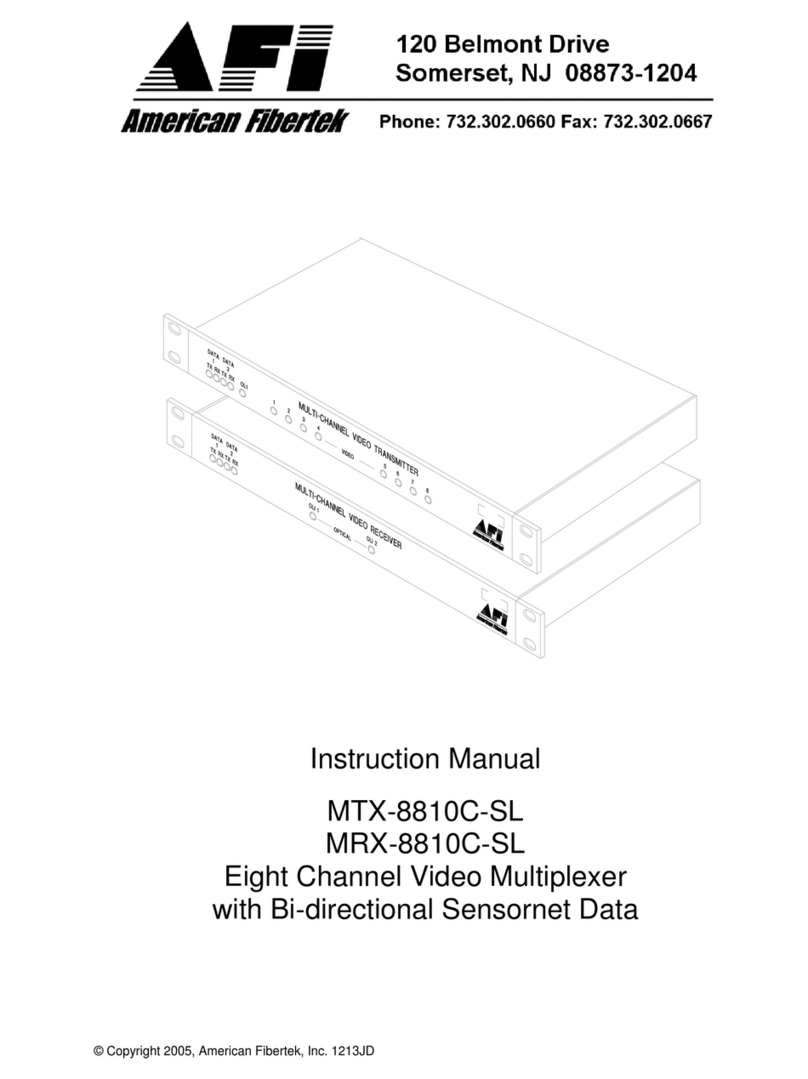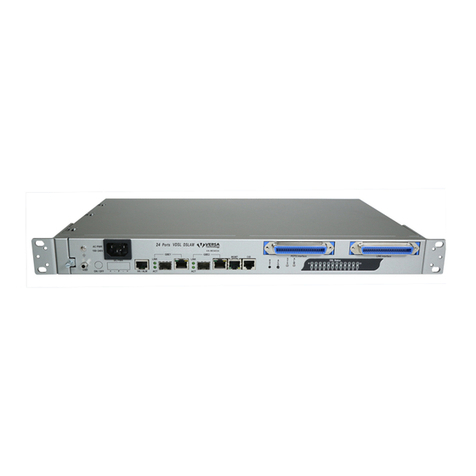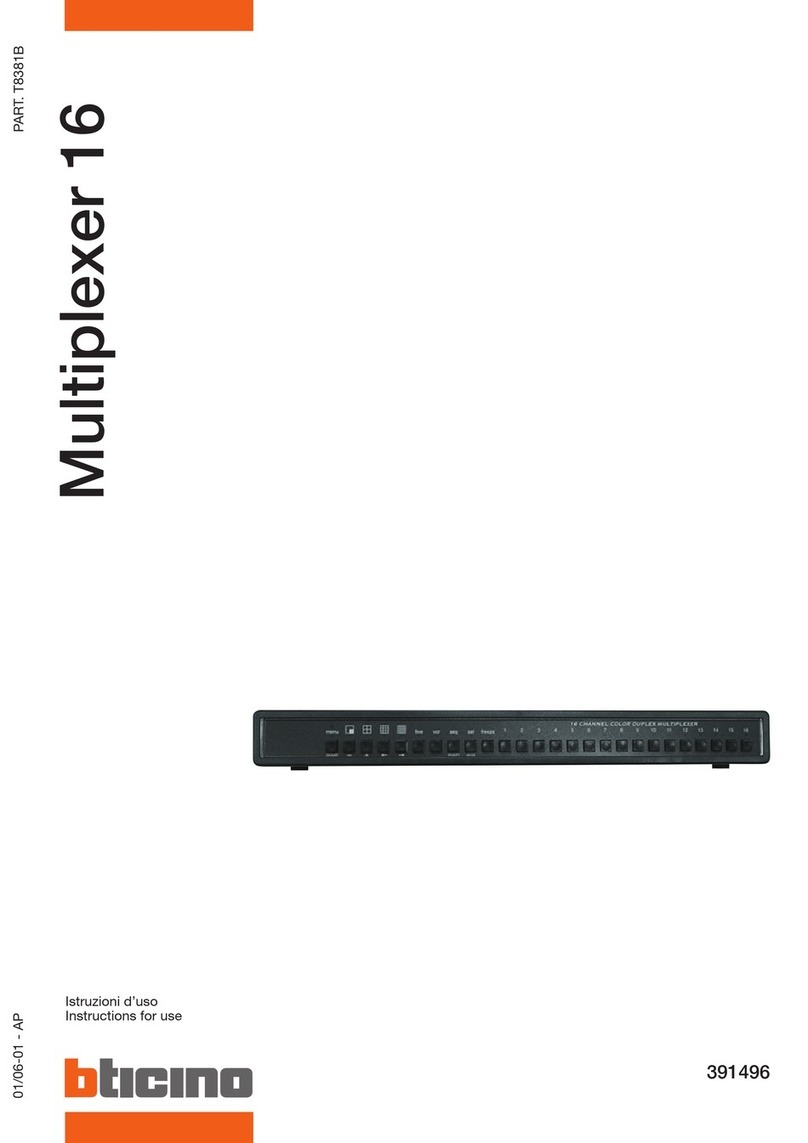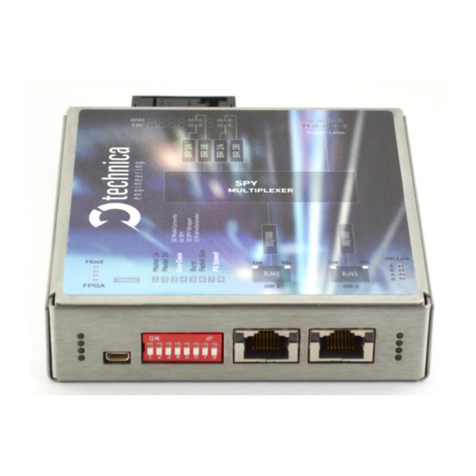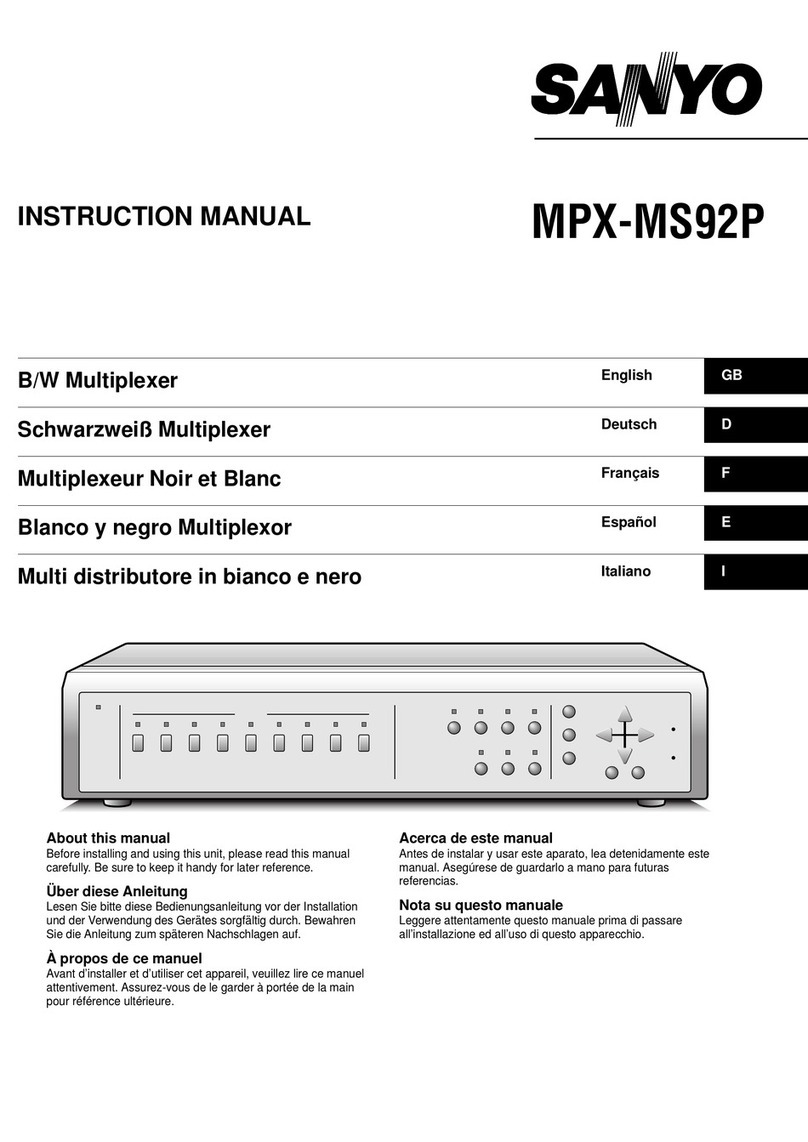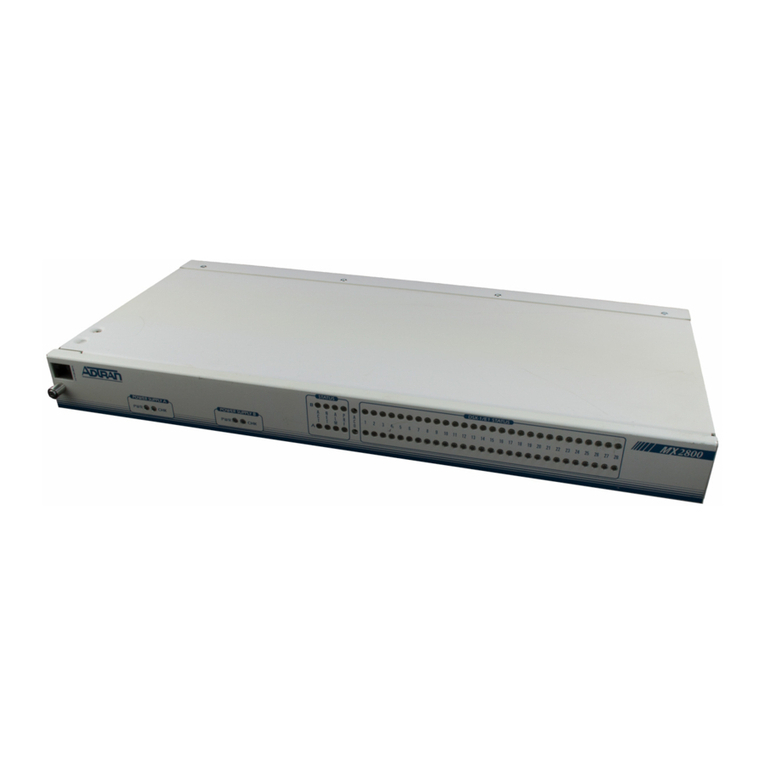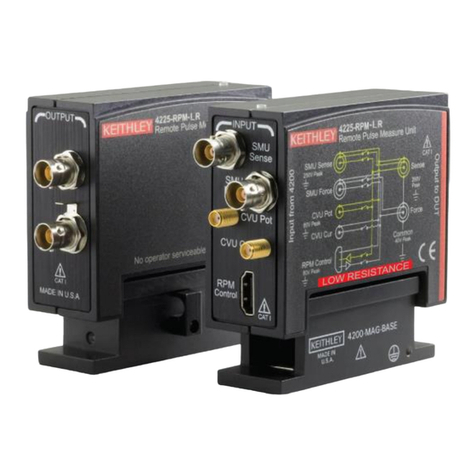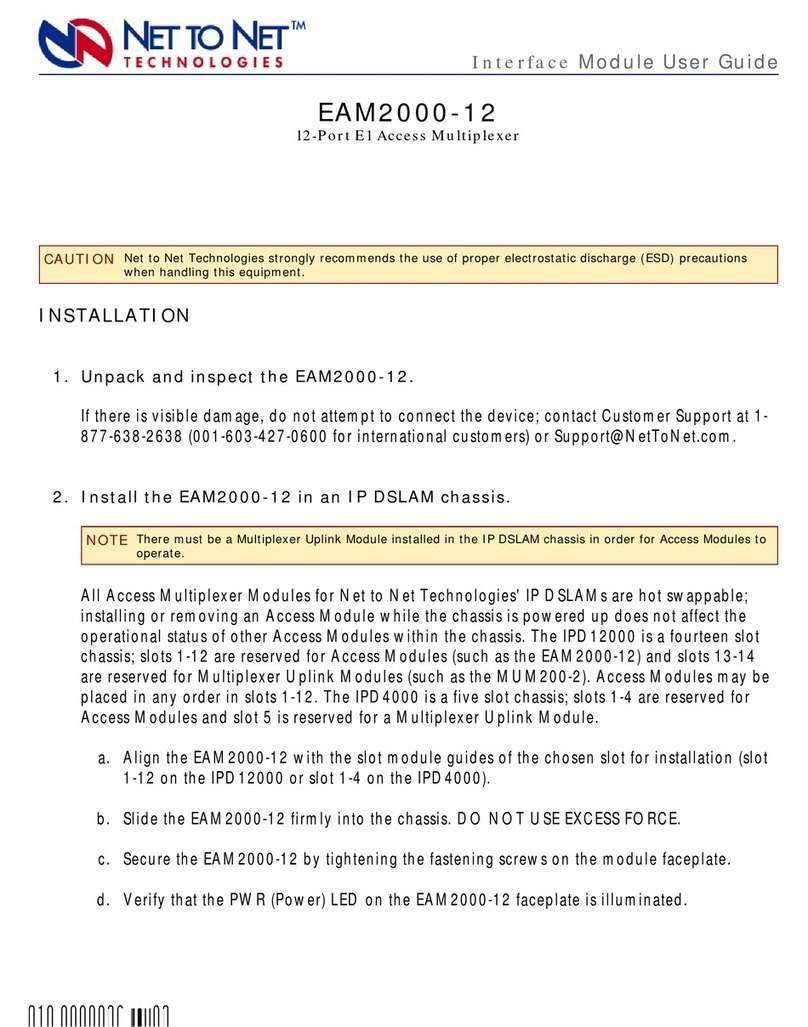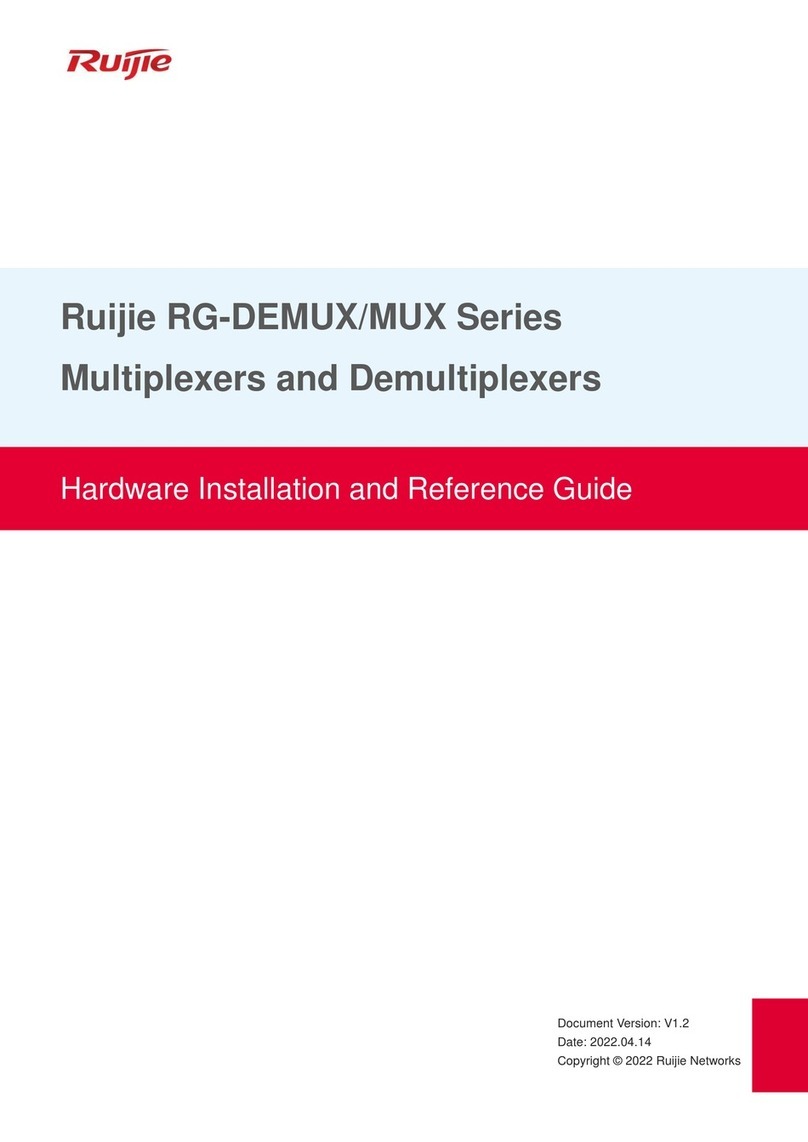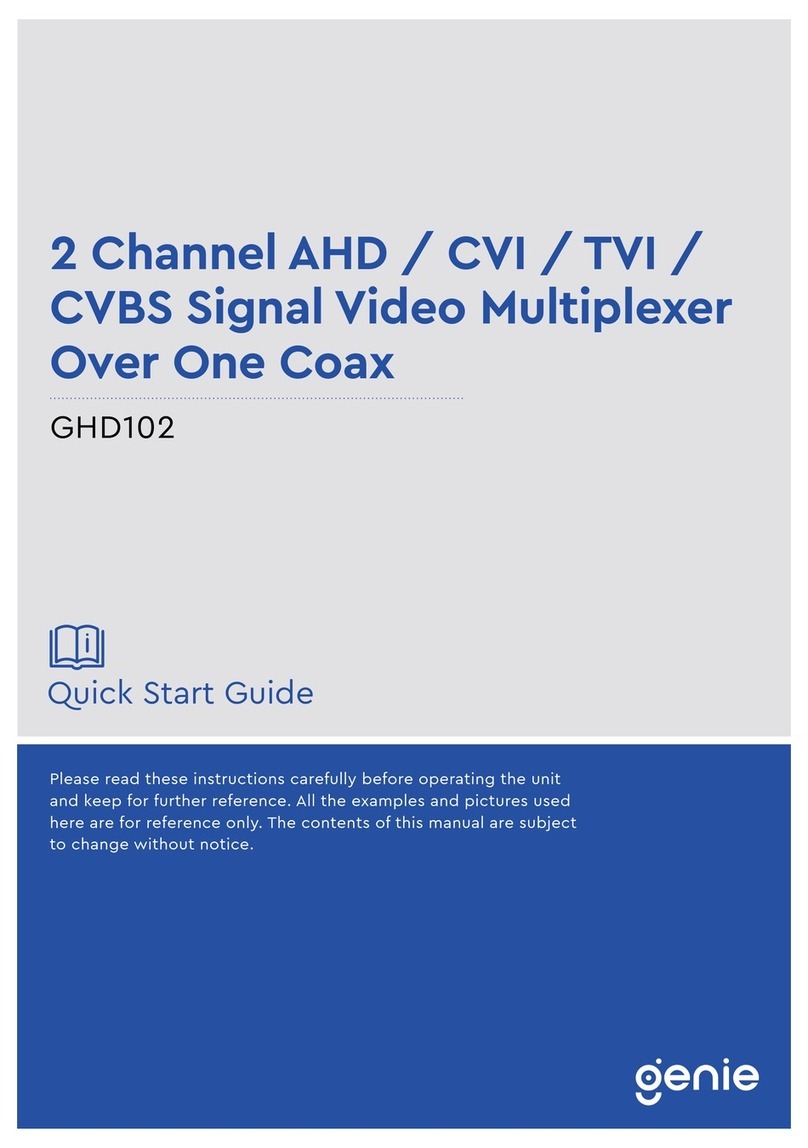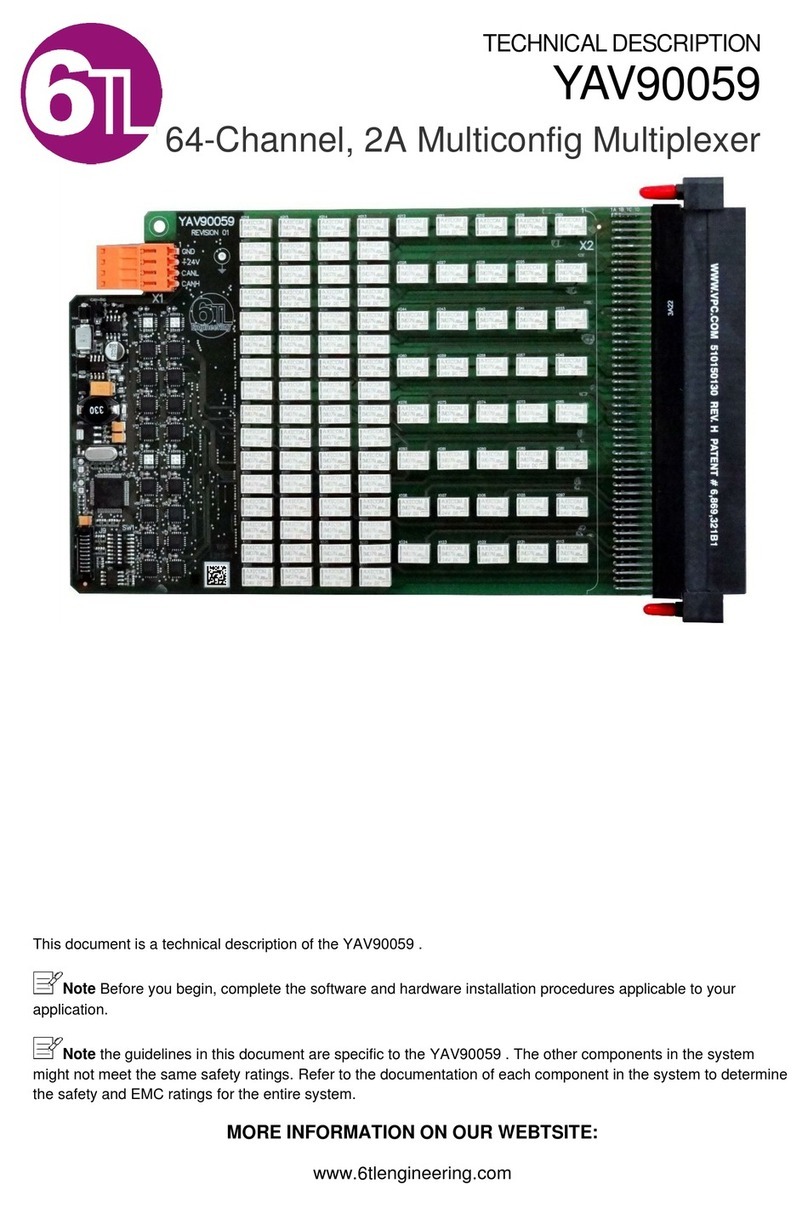
Nexperia AN10343
MicroPak soldering information
3. MicroPak soldering information
3.1. Solder paste
The following solder pastes were used in the evaluation and gave satisfactory results:
•PbSn paste: Alpha Metals Omnix 5002 (62 % Sn, 36 % Pb, 2 % Ag)
•SAC paste: Alpha Metals Omnix 310 (95.5 % Sn, 4 % Ag, 0.5 % Cu)
Both these solder pastes are 'no-clean'; due to the small stand-off height of the MicroPak, proper
cleaning underneath the package is not possible.
Both Pb or Pb-free solder can be used, although it is advised to use Pb-free solder paste as this is
required by European legislation from July 2006 onwards.
A wide variety of Pb-free solder pastes is available, containing combinations of tin, copper,
antimony, silver, bismuth, indium, and other elements. The different types of Pb-free solder pastes
have a wide range of melting temperatures. Solders with a high melting point may be more suitable
for the automotive industry, whereas solders with a low melting point can be used for soldering
consumer IC packages.
The most common substitute for SnPb solder, is Pb-free paste SAC, which is a combination of tin
(Sn), silver (Ag), and copper (Cu). These three elements are usually in the range of 3 % to 4 % of
Ag and 0 % to 1 % of Cu, which is near eutectic. SAC typically has a melting temperature of around
217 °C, and requires a reflow temperature of more than 235 °C.
Table 2. Typical solder paste characteristics
Solder (near eutectic alloys) Melting temperature Minimum peak reflow temperature
SnPb 183 °C 215 °C
SAC 217 °C 235 °C
A no-clean solder paste does not require cleaning after reflow soldering and is therefore preferred,
provided that this is possible within the process window. If a no-clean paste is used, flux residues
may be visible on the board after reflow.
For more information on the solder paste, please contact your solder paste supplier.
3.2. Moisture sensitivity level and storage
The MicroPak components have a very good package moisture resistance. The Moisture
Sensitivity Level (MSL) according to JEDEC-STD-020D is MSL1.
Table 3. Pb-free process - Package classification reflow temperatures (from J-STD-020D)
Package thickness Volume
(<350 mm3)
Volume
(350 mm3 to 2000 mm3)
Volume
(>2000 mm3)
<1.6 mm 260 °C 260 °C 260 °C
1.6 mm to 2.5 mm 260 °C 250 °C 245 °C
>2.5 mm 250 °C 245 °C 245 °C
3.3. Stencil
Table 4 gives the recommended electroformed stencil thickness for MicroPak packages with a
terminal pitch of greater than or equal to 0.5 mm, between 0.4 mm to 0.5 mm and less than or
equal to 0.4 mm. Side wall roughness of the apertures should be smooth to improve the solder
paste release.
AN10343 All information provided in this document is subject to legal disclaimers. © Nexperia B.V. 2021. All rights reserved
application note Rev. 3.0 — 31 May 2021 5 / 32




















